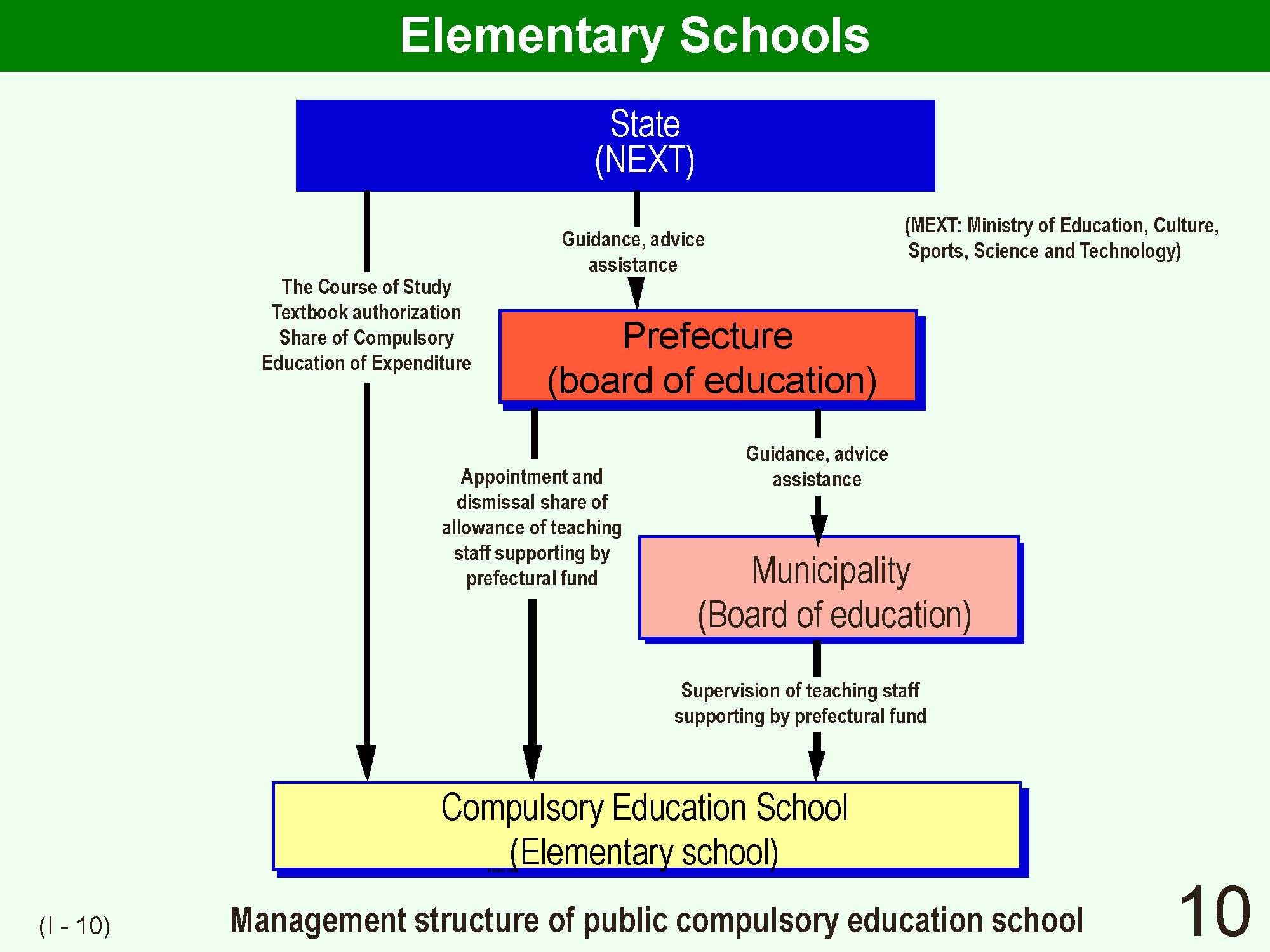

Among parents who selected a public school outside the school district, 45% reported that a particularly important criterion was little incidence of bullying and truancy, indicating that bullying was a crucial consideration. Parents who select public junior high schools make their choice on the basis of location, incidence of bullying, and personal guidance.The most common reason for sending their children to a private junior high school was that they wanted their children to achieve a higher level of academic achievement. Parents who select a private junior high school for their child tend to be parents with time and economic influence (home-makers or self-employed with one child) base their decisions and place top priority on academic achievement.The main reasons why parents choose such schools are high priority on academic achievement or because they wish to take their children out of the high school selection rat-race since such schools allow their students direct entry into their affiliated high schools (and often into the affiliated universities).Ģ005 results of a survey-questionnaire sent to schools of 6th grade parents in 2 Tokyo wards showed: At this point, about 5.7% of students attend private schools. Suburban schools tend to be large with student populations ranging from around 700 to over 1,000 pupils, while remote rural schools (19% of schools) can be single-class schools.įrom age 12, children proceed to middle schools. 23.6% of elementary school students attend juku (mostly cozy family-run juku). 70% of teachers teach all subjects as specialist teachers are rare in elementary schools.

The average class size in suburban schools is between 35-40 students, though the national average had dropped to 28.4 pupils per class in 1995. Japanese children enter primary school from age 6.

School attendance rate for the nine years of compulsory education is 99.98%.Ībout 19.2 million students (MEXT 2012 figures) were enrolled in educational institutions in Japan from the kindergarten to university levels.Įnrolment of the population of students may be broken up into (2012 MEXT figures):ġ41,970 in junior colleges (usually two years) Ģ,876,134 in universities (four years) and graduate schools Japan has 23,633 elementary schools, 11,134 junior high schools, 5,450 senior high schools, 995 schools for the handicapped, 702 universities, 525 junior colleges, and 14,174 kindergartens (May 2003 figures). The Japanese school year begins in April and students attend school for three terms except for brief spring and winter breaks and a one month long summer holiday. A break from the past, modern public schools in Japan today are mostly co-ed(more than 99% of elementary schools). Many other features of the Japanese educational system, are however, based on European models.Ĭompulsory education covers elementary school and junior high school.
JAPAN SCHOOLING SYSTEM PLUS
This system, implemented by the School Education Law enacted in March 1947 after WWII, owes its origin to the American model 6-3-3 plus 4 years of university. nine years of schooling are considered compulsory (see pages on legality of homeschooling). The school year begins in April and ends in March of the following year.Īn elementary school (from 6 years) and junior high school (3 years) education, i.e.

There are two options for tertiary education: junior college (two years) and university (four years).Ī school year has three terms: summer, winter and spring, which are each followed by a vacation period. Specialized schools may offer a five year programme comprising high school and two years of junior college. Many private schools, however, offer a six year programme incorporating both junior high school and high school. See the current blog discussion as well as discussions and chats at http: ///group/edn-in-jpn/. The key purpose for this change is to allow elementary and middle schools to pool or share their resources, with special regard to making available specialist teachers of middle schools to elementary schools. However, the government announced (October 2005, Daily Yomiuri) that it intended to make changes in the Education Law to allow schools to merge the 6-3 division between elementary and middle schools and to create an integrated curriculum. The schooling years in the Japanese education system are segmented along the lines of 6-3-3-4: 6 years of primary or elementary school 3 years of middle or junior high school 3 years of high school and 4 years of university.


 0 kommentar(er)
0 kommentar(er)
